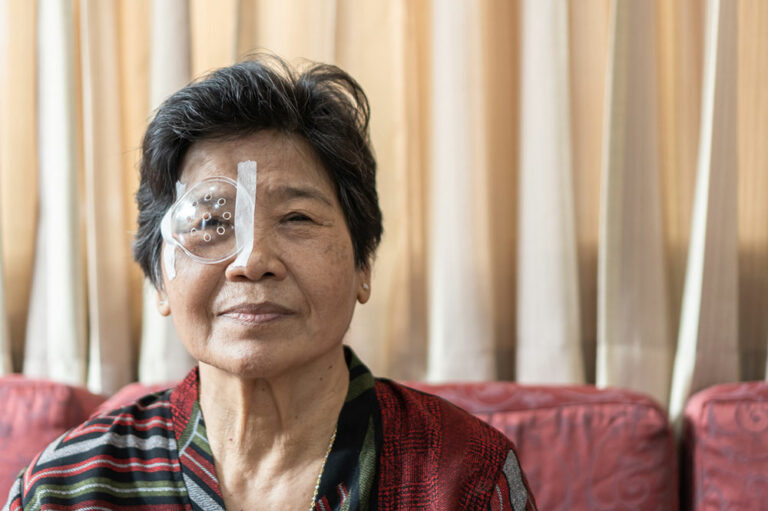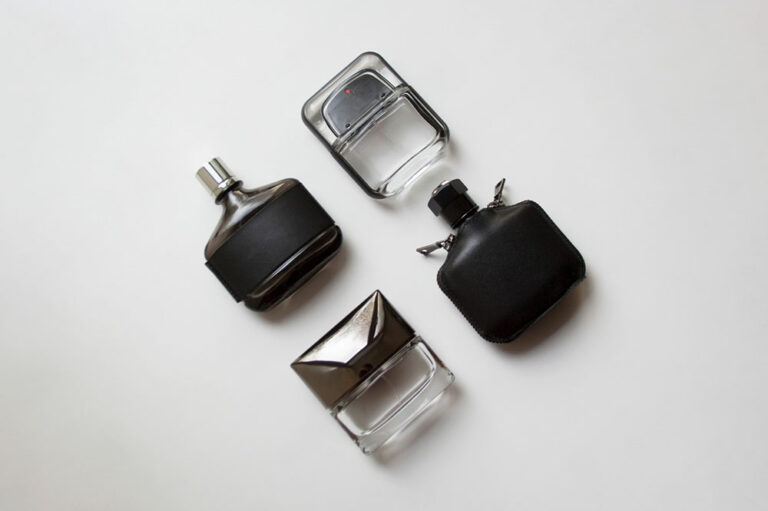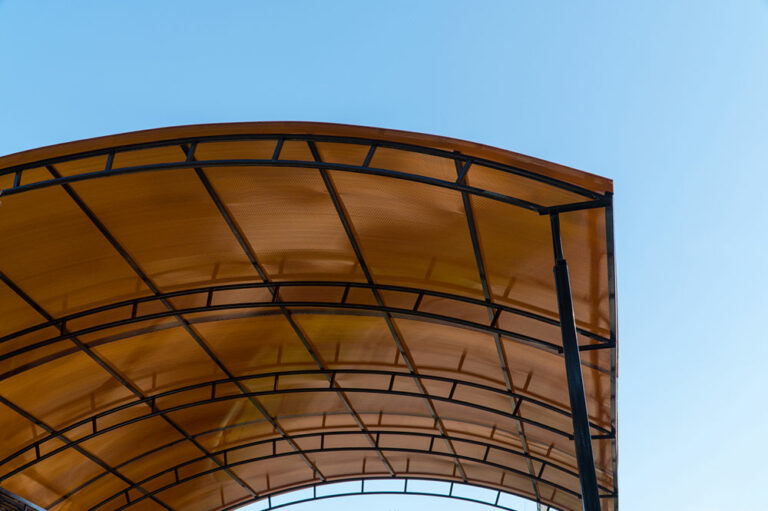
Health
Management options to keep dry AMD symptoms at bay
Dry age-related macular degeneration is generally diagnosed among those over the age of 50 years. It causes the breakdown of a part of the retina known as the macula. It leads to reduced or blurred central vision. The intensity of vision loss can be between mild to severe. It is possible to delay vision loss through early diagnosis, self-care measures, and timely treatment. Here are some common management options for dry age-related macular degeneration. Treatment options Low vision rehabilitation Age-related macular degeneration doesn’t impair side vision. However, it reduces central vision, which is needed for certain essential tasks such as driving and reading. To help cope with the weakening central vision and adapt to using side vision only, one may go through low vision rehabilitation. A specialist such as an occupational therapist, eye doctor, or health practitioner trained in low-vision rehabilitation generally offers this. Surgery to implant a telescopic lens In some instances, when advanced dry macular degeneration affects both eyes, surgery is used to improve vision. The process involves implanting a telescopic lens in one of the affected eyes. The telescopic lens is a simple, narrow tube fitted with multiple lenses. The goal of this procedure is to improve distance and close-up vision.
Read More 







